Joe Colombo, born on July 30, 1930 in Milan and died on July 30, 1971, was an Italian designer.
Biography
Joe Colombo studied painting until 1949 at the Brera Academy of Fine Arts in Milan, then architecture until 1954 at the Milan Polytechnic.
In the early 1950s, he joined the Diffa Nucléaire (nuclear painting movement) founded by Enrico Baj and Sergio D'Angelo. During this decade, he carried out a number of decorative and scenographic projects.
After his father's death in 1959, he had to replace him at the head of the family business, which he left in 1961. His career as a designer began in earnest in 1962, when he opened his own design studio in Milan. With his brother, Gianni Colombo, he created the Acrilica lighting fixture, followed in 1963 by the Elda armchair.
During the 1960s, he collaborated with major publishing houses such as Kartell, Zanotta and O-Luce, and won the Compas d'or and Premier Design International Award on several occasions.
He died prematurely at the age of 41.
His work
Cabriolet Bed by Joe Colombo
Tube Chair (1970) by Joe Colombo
Joe Colombo's style1 is characterized by an innovative, futuristic, even utopian approach. His work is part of the major trends that characterized the 1960s: the hippie and pop movements, mass consumption, the democratization of audiovisual products such as television, and the protest movements of the late 1960s.
One of the main thrusts of his work was the search for modular, flexible systems: Additional System (1967) is a seat made up of six elements that the user could assemble as he wished into a bed, bench or armchair2 ; Tube chair (1969), made up of four foam-covered PVC tubes; or Multi-Chair (1970). In the same way, the Boby cart aims to offer a multifunctional response to the need for storage: it's a piece of furniture on wheels that the user can configure3.
At the end of the 1960s, Colombo focused in particular on the creation of “living cells” aimed at generalizing the function of furniture: Rotoliving includes everything needed for daily life: a clock, a television, a dining or coffee table with a bar, storage; Cabriolet Bed is an example of a “night cell”. He would develop this idea of the autonomous “living cell” further with Visiona 1 (1969) and Total Furnishing Unit (1971), which aimed to provide a response to all the needs of the individual: a bathing cell, a sleeping cell, a kitchen cell and a central unit.
Some critics believe that the ideas developed by Joe Colombo can be found in the creations of young French designers such as Pierre Charpin4, Ronan & Erwan Bouroullec and Matali Crasset5.
Antidesign
At the end of the 1960s, the idea of anti-design began to emerge, supported by the work of Joe Colombo. Housing should be conceived from a design standpoint, and not be subject to the hierarchical forms of architecture.
“The capsule insists on its astounding concordance with the disciplinary emancipation of design at the end of the 1960s, when it attempted to free itself from these historical guardianships to establish itself as an ideal habitat discipline. This position is illustrated by the work of Joe Colombo. He invented the conditions for a modern daily life in harmony with the world in a harmonious space-time relationship, and invited his peers to completely rethink the habitat from a design perspective. “6
Outstanding achievements
Elda armchair (1963)
Continental bookcase (1965),
4801 armchair (1965),
Spider lamp (1965), O Luce
Chaise Universale (1967), Kartell, considered the first chair molded entirely in plastic7
KD27 lamp (1967), Kartell
Tube chair (1969), Flexform, reissued by Cappellini
Boby cart (1969), B-line since 2000
Optic alarm clock (1970), Alessi
Alfa and Beta handles (1971), Olivari







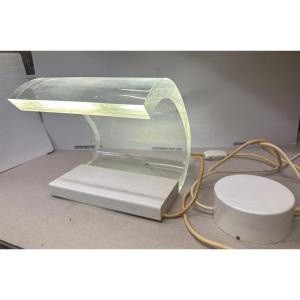









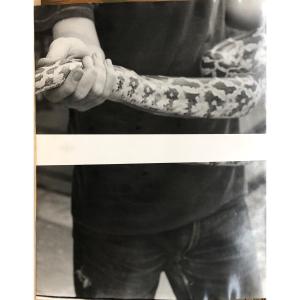




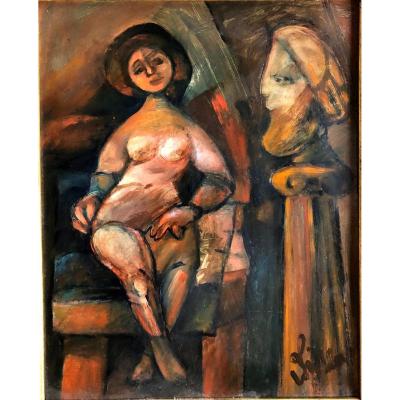
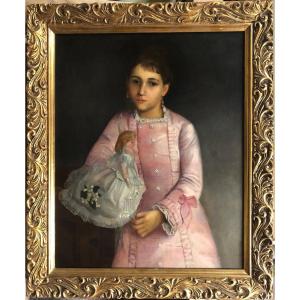

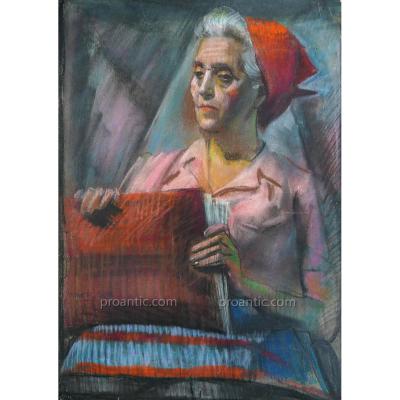

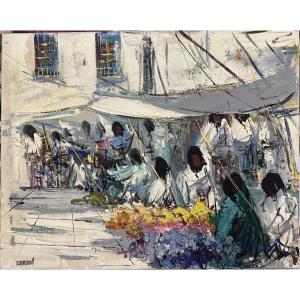

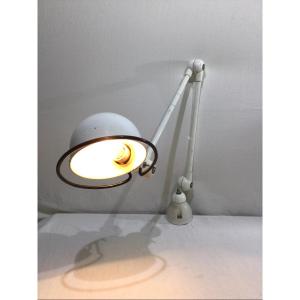

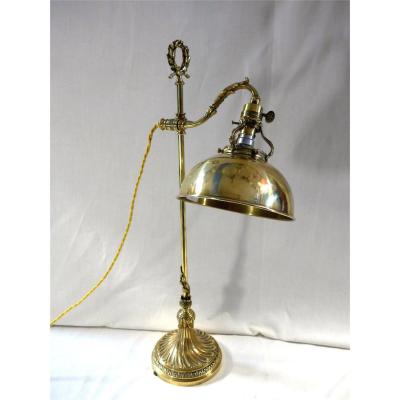




 Le Magazine de PROANTIC
Le Magazine de PROANTIC TRÉSORS Magazine
TRÉSORS Magazine Rivista Artiquariato
Rivista Artiquariato